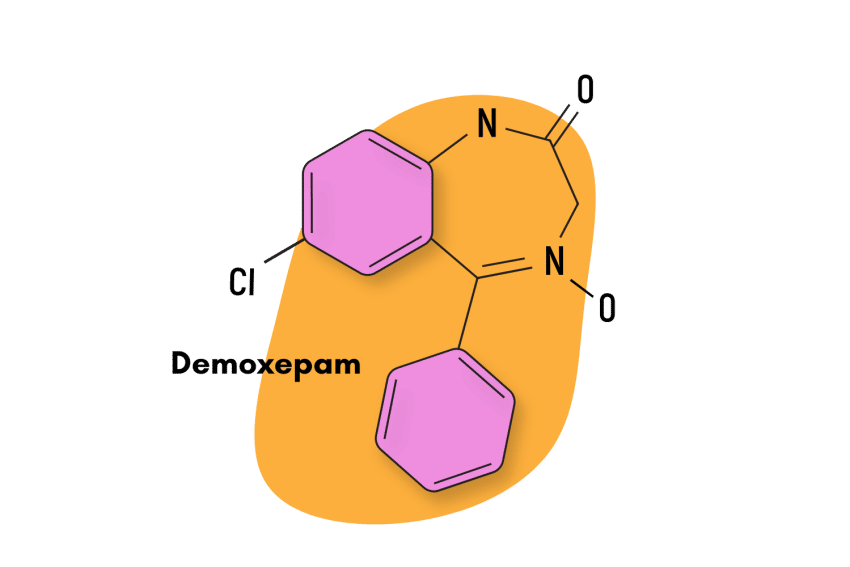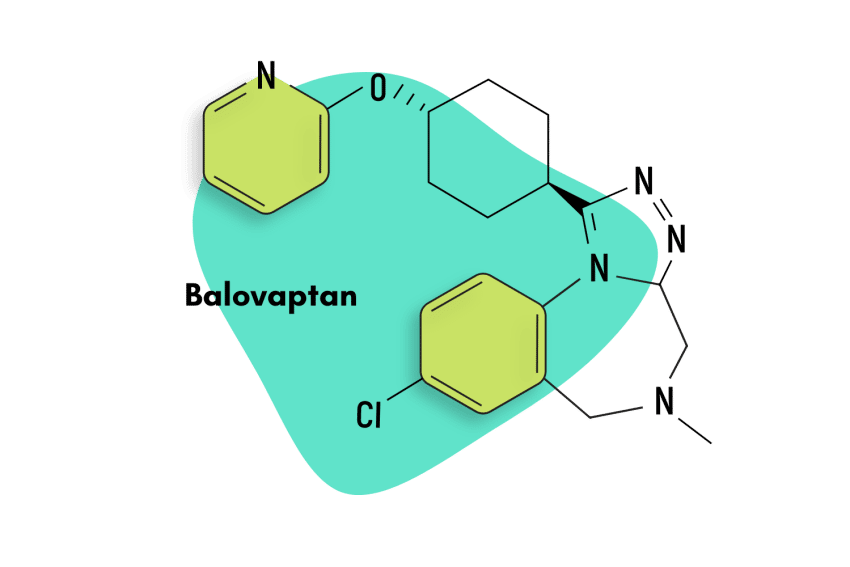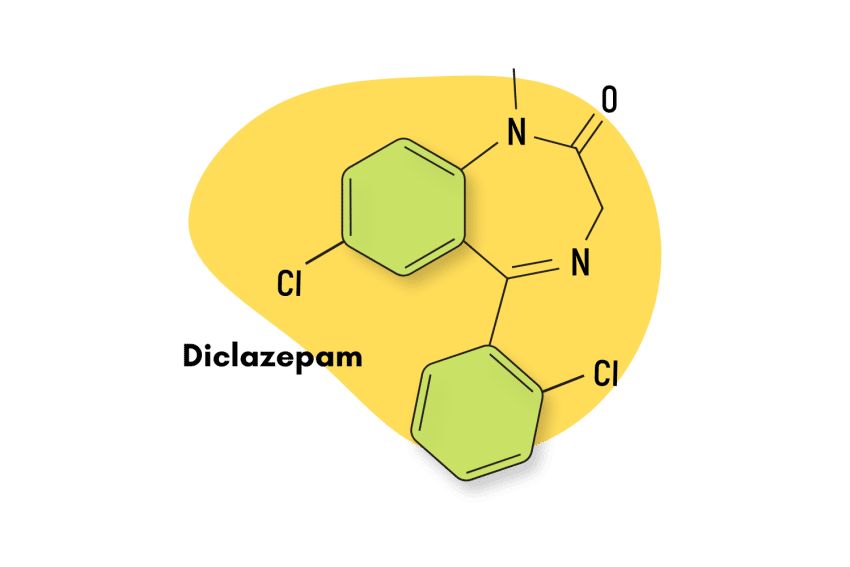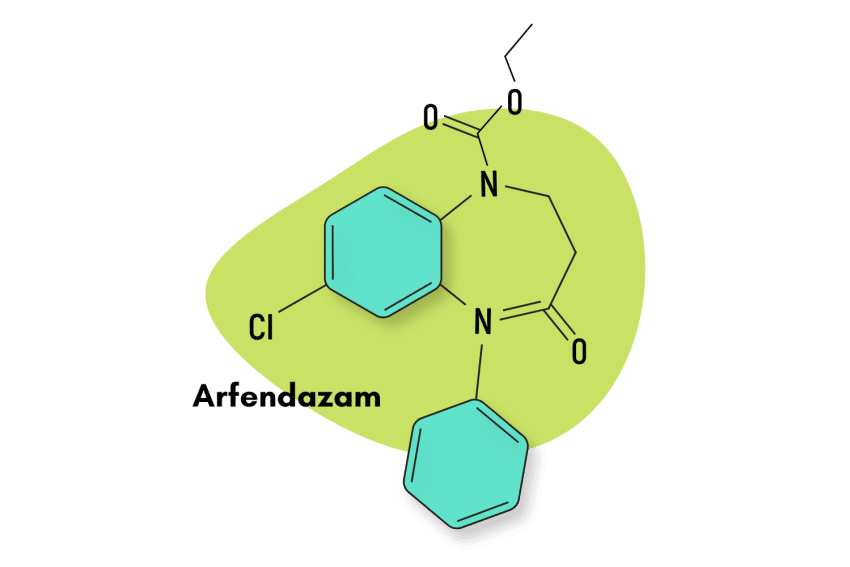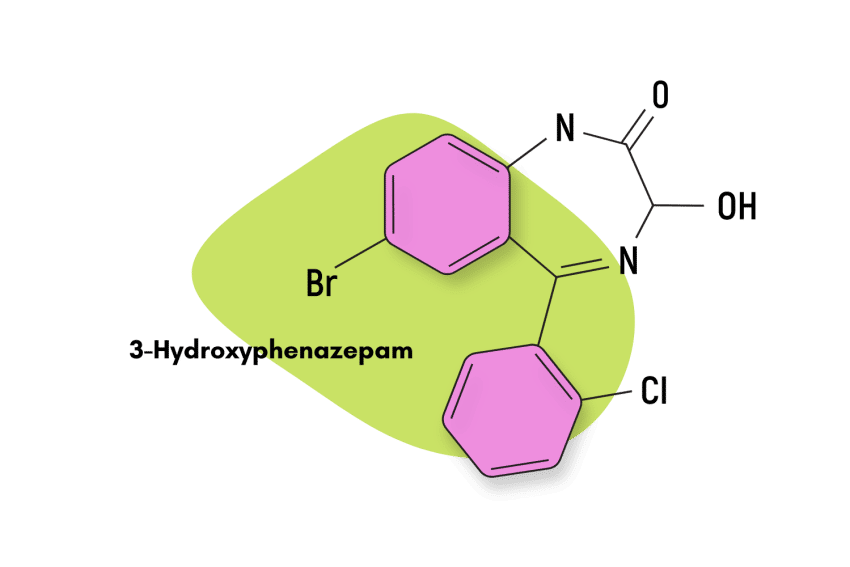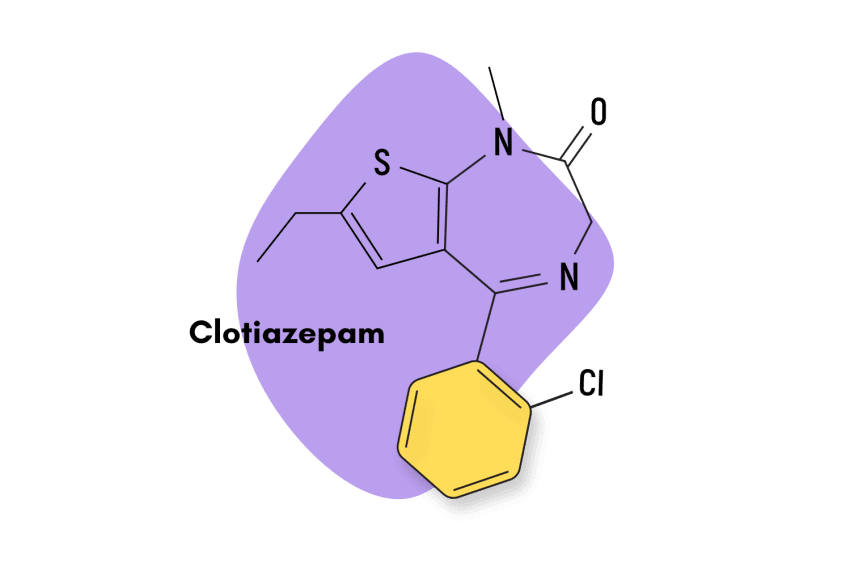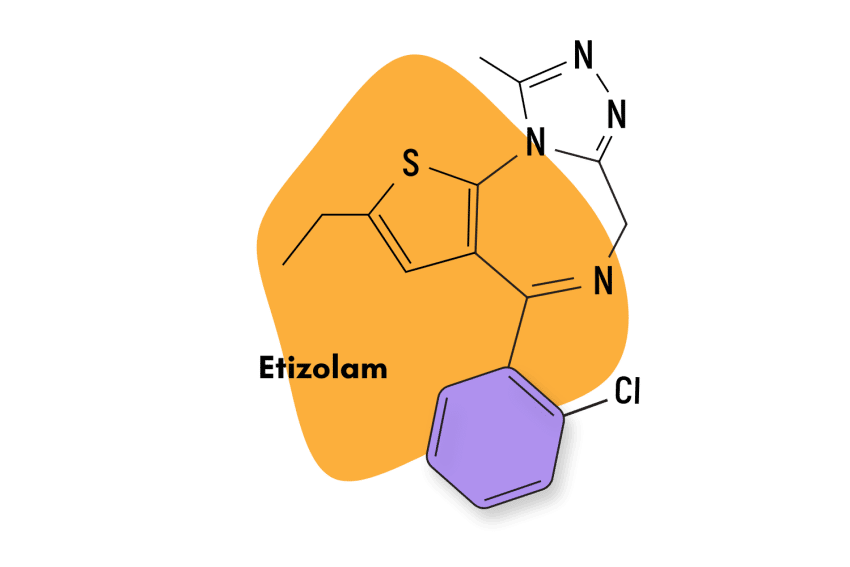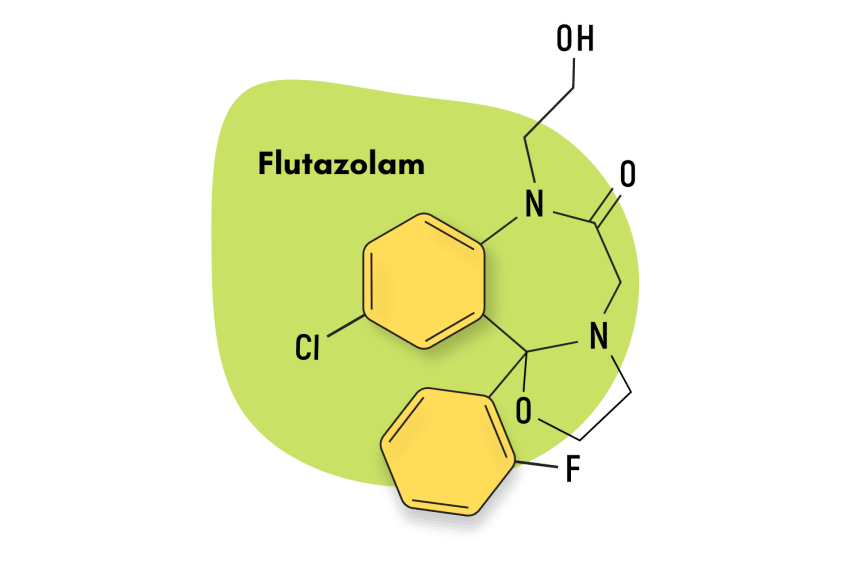Bentazepam: A “Legal” Research Chemical?
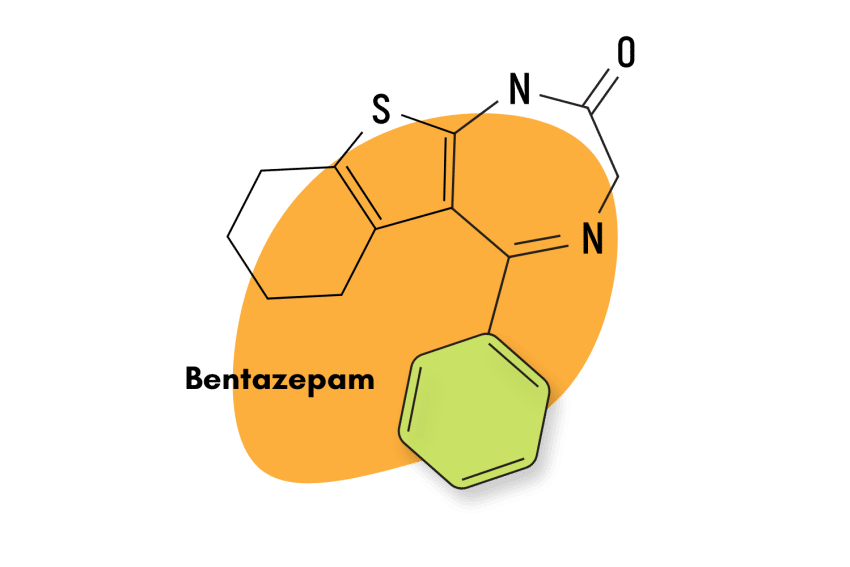
Bentazepam — also known as Thiadipone — is a benzodiazepine compound that’s been appearing on designer drug markets in recent years.
The potency and effects of this drug are roughly similar to that of diazepam — a widely popular benzodiazepine sold under the brand name Valium, among others.
In countries where bentazepam is available, the drug is mainly indicated to treat hysteria, anxiety, and affective bipolar disorder.
Bentazepam Specs
| Status | Research Chemical |
| Common Dosage | Unspecified |
| PubChem ID | 135412795 |
| CAS# | 29462-18-8 |
IUPAC Name: 5-phenyl-3,4,6,7,8,9-hexahydro-[1]benzothiolo[2,3-e][1,4]diazepin-2-one
Other Names: Thiadipone
Metabolism: Bentazepam’s metabolic process occurs at the hepatic level. It’s then eliminated via urine. The possible contribution of active pharmacological metabolites has not yet been established.
Duration of Effects: Bentazepam’s duration of effects is short, lasting roughly around 2-4 hours.
Benzodiazepine Dosage Equivalency Calculator
**Caution:** Benzodiazepines have a narrow therapeutic window. Dose equivalents may not be accurate in higher doses.
This calculator does not substitute for clinical experience and is meant to serve only as a reference for determining oral benzodiazepine equivalence.
Please consult a medical practitioner before taking benzodiazepines.
How Does Bentazopam Work?
Bentazepam is known to exert its pharmacological effects through the standard GABA-mediated pathway. In other words, bentazepam produces an allosteric effect on GABA-A receptors which causes them to naturally increase their inhibitory function upon the brain and central nervous system (CNS). This generalized reduction in neuron activity gives rise to the standard effects usually associated with benzodiazepines.
Bentazepam is available in 25 mg formulations. From this, we can surmise that it is a benzodiazepine compound of relatively low potency when compared to popular compounds like diazepam. We also know that bentazepam’s bioavailability is around 86,4% and that peak plasma levels occur approximately one hour after oral ingestion.
In terms of distribution, the maximum concentrations of bentazepam are found in the following organs in descending order: liver, kidney, adipose tissue, spleen, and brain.
Is Bentazepam Safe? Risks & Side Effects
As a Schedule IV compound in the Controlled Substances Act, bentazepam carries the standard risk level associated with most benzodiazepines. This means that bentazepam does have the potential for misuse and physical dependence.
When used in strict accordance with a prescription, benzodiazepines are relatively safe. But when misuse is factored into the equation, the risk level rises dramatically.
However, other dangers have been associated with bentazepam use: primarily, the incidence of severe liver damage has been linked with bentazepam usage in various studies [1]. Although this risk is considered rare, liver monitoring has been recommended for all users who take bentazepam.

Side Effects of Bentazepam
What little research exists on the matter identified the following side effects as a result of bentazepam use:
- Digestive discomfort
- Drowsiness
- Dry mouth
- Nausea
It is reasonable to suggest that bentazepam likely also produces the standard side effects associated with other benzodiazepines:
- Blurred vision
- Confusion
- Constipation
- Dizziness
- Light-headedness
- Memory problems
- Muscle weakness
- Slurred speech
- Unsteadiness
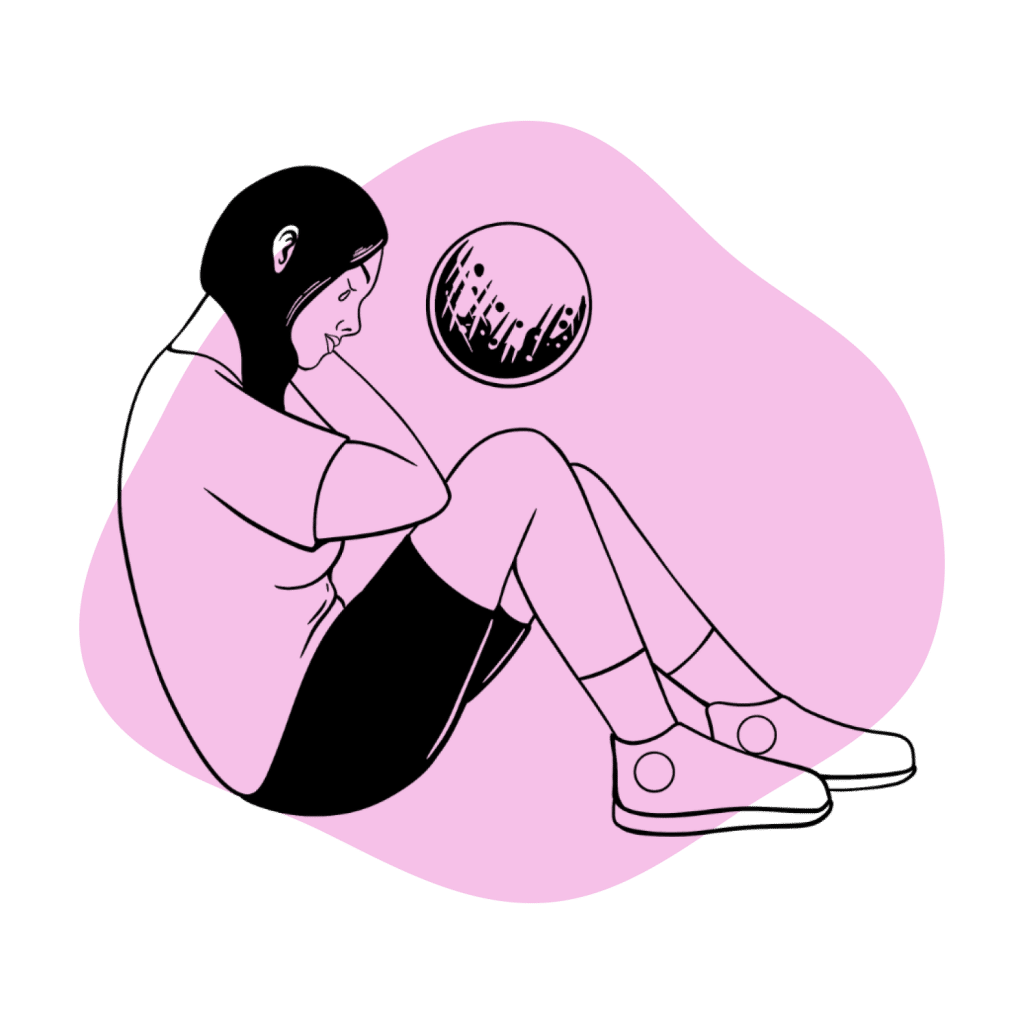
Benzodiazepine Withdrawal & Dependence
As a short-acting benzodiazepine, bentazepam is more likely than intermediate and long-acting benzodiazepines to cause physical dependence and provoke misuse. This is because shorter effects encourage more redosing and induce inter-dose withdrawals. These factors strongly encourage the formation of habits that can lead to misuse and dependence.
Users need to be aware of these dangers, as benzodiazepine withdrawal can become extremely dangerous. Although these instances are rare, only withdrawals stemming from benzodiazepines and alcohol can turn fatal.
This is because tolerance to benzodiazepines produces a combination of reduced GABA activity and increased glutamate activity. These factors can lead to a failure of the body to regulate hyperactive states. Additionally, excessive glutamate levels can lead to excitotoxicity, which can be fatal.
Harm Reduction Tips: Bentazepam
Anyone looking to experiment with benzodiazepines, even in a recreational fashion, would do well to follow the basic harm-reduction rules that can be found in this section.
For those who plan to use benzodiazepines legally, the best advice is to try and avoid any and all misuse. There are plenty of subtle ways a drug can be misused, like via their contraindications or even just subtly altering the dose. Benzodiazepine users should firmly stick to the instructions given to them by their doctors.
As a rule of thumb, it’s also important to try and get off a benzodiazepine prescription as soon as possible. In the medical world, it is a common heuristic that the more a drug is used, the likelier it is to cause physical dependence.
Recreational users should avoid mixing more than one substance together, especially if both of the compounds happen to be CNS depressants. When it comes to benzodiazepines, it is also a smart idea to procure the benzodiazepine antagonist flumazenil and learn how to use it. This compound can work to revert the effects of benzodiazepine-related overdoses.
Benzodiazepine Harm Reduction Tips:
- 🥣 Don’t mix — Mixing benzodiazepines with other depressants (alcohol, GHB, phenibut, barbiturates, opiates) can be fatal.
- ⏳ Take frequent breaks or plan for a short treatment span — Benzodiazepines can form dependence quickly, so it’s important to stop using the drug periodically.
- 🥄 Always stick to the proper dose — The dosage of benzos can vary substantially. Some drugs require 20 or 30 mg; others can be fatal in doses as low as 3 mg.
- 💊 Be aware of contraindications — Benzodiazepines are significantly more dangerous in older people or those with certain medical conditions.
- 🧪 Test your drugs — If ordering benzos from unregistered vendors (online or street vendors), order a benzo test kit to ensure your pills contain what you think they do.
- 💉 Never snort or inject benzos — Not only does this provide no advantage, but it’s also extremely dangerous. Benzos should be taken orally.
- 🌧 Recognize the signs of addiction — Early warning signs are feeling like you’re not “yourself” without the drug or hiding your habits from loved ones.
- ⚖️ Understand the laws where you live — In most parts of the world, benzodiazepines are only considered legal if given a prescription by a medical doctor.
- 📞 Know where to go if you need help — Help is available for benzodiazepine addiction; you just have to ask for it. Look up “addiction hotline” for more information where you live. (USA: 1-800-662-4357; Canada: 1-866-585-0445; UK: 0300-999-1212).
Bentazepam Drug Interactions
Benzodiazepines can quickly become deadly when combined with other CNS depressants, especially opioids. Recent statistics in the United States have proved, without a doubt, how dangerous this combination can be as it can easily cause respiratory depression: the leading cause of death in drug overdoses.
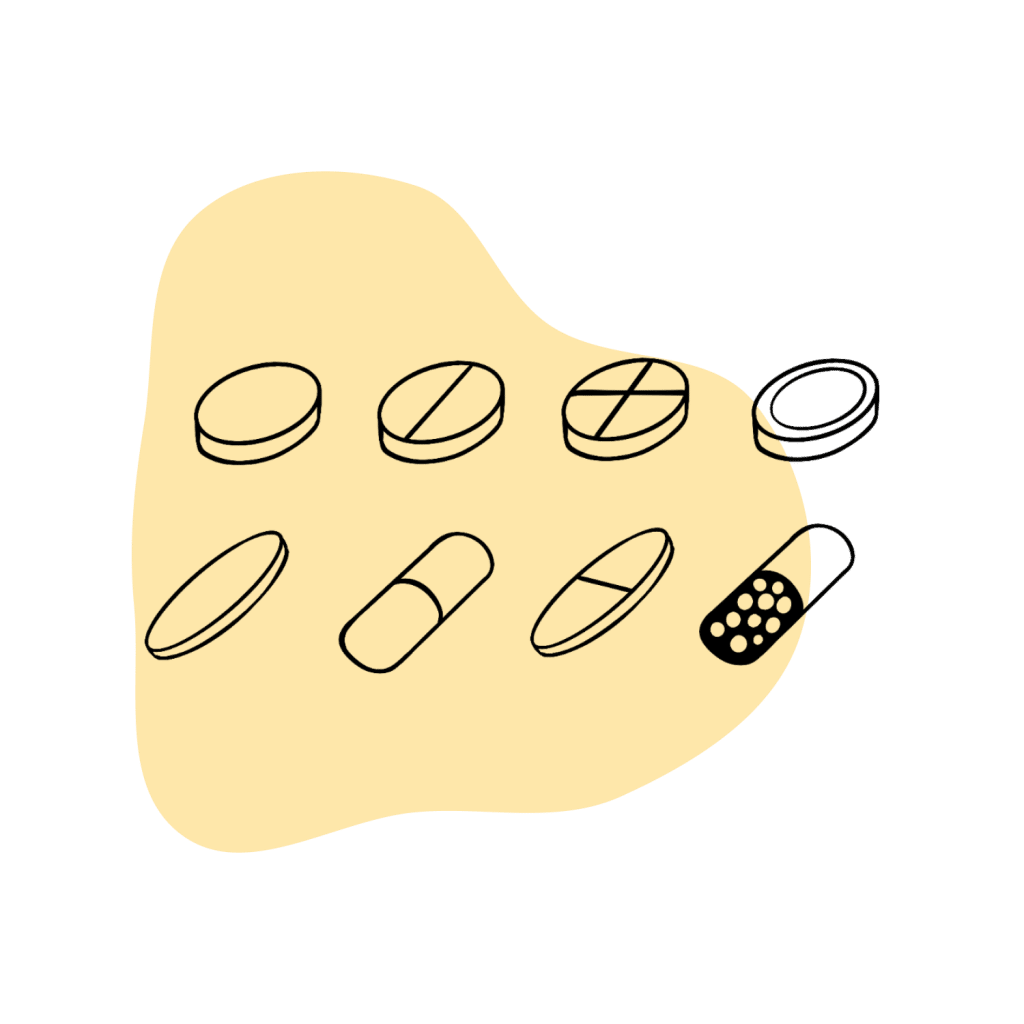
Bentazepam Contraindications
Contraindications are a common way in which users unknowingly expose themselves to risk. Users should disclose all relevant drugs and conditions to their prescribing doctor to avoid this possibility.
Similar Benzodiazepines
Not much is known about this drug. It was never approved in the United States and has only started appearing on designer drug markets in the past 2 or 3 years.
With that said, the effects of bentazepam are thought to be most similar to the classic benzodiazepine, diazepam (Valium). The usual dose is around the same, at 10–15 mg.
Potential alternatives to bentazepam include:
Clotiazepam
Clotiazepam has a lot of structural similarities in common with bentazepam, as well as key pharmacokinetic characteristics like a short-acting nature.
Clotiazepam is an approved medication. Its main advantage is that it appears to prolong stage 2 NREM sleep without negatively impacting REM sleep (like most benzos). Because of this, many doctors prefer to prescribe clotiazepam over other members of this drug group.
The specific differences between clotiazepam and bentazepam remain unclear.
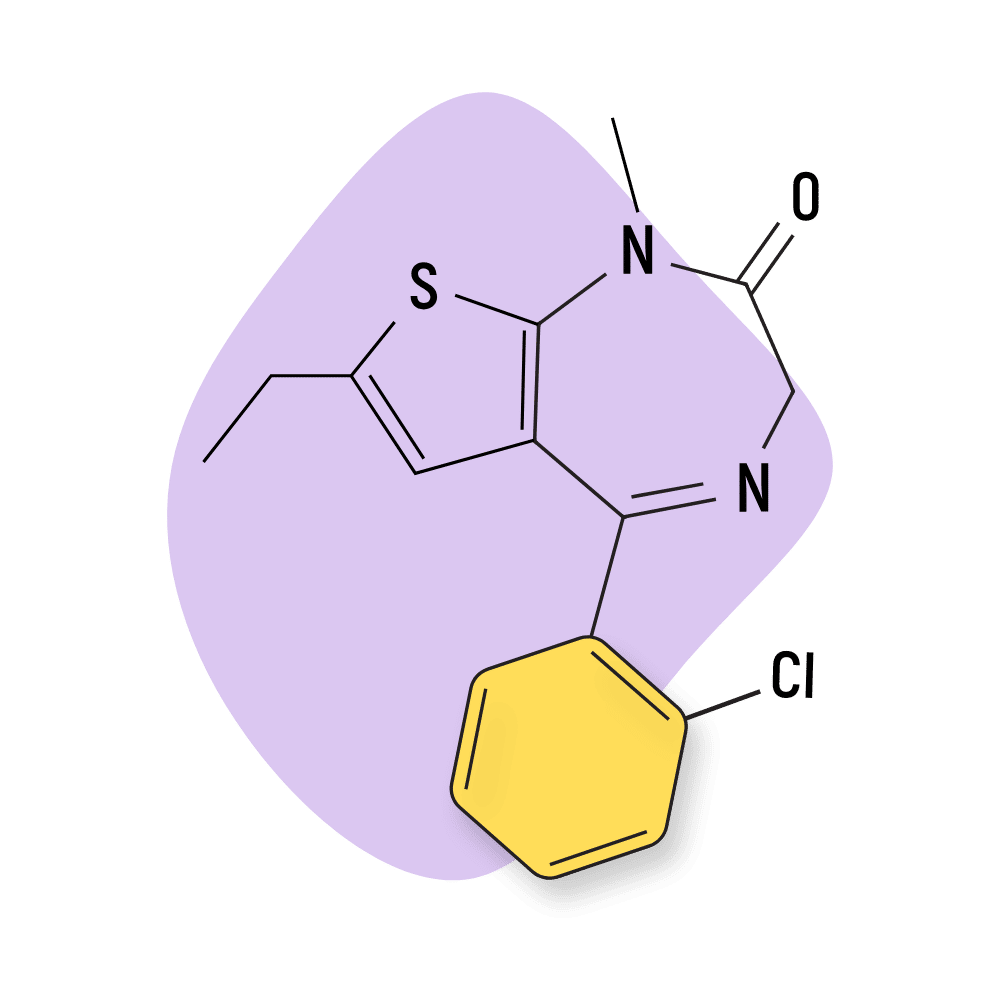
Ciclotizolam
Ciclotizolam, like bentazepam, is a low-potency member of the thienotriazolodiazepine subclass. Due to their inability to produce clinically successful effects, both compounds have largely failed as commercial benzodiazepines — yet both remain available on illegal designer drug marketplaces.
It’s unclear exactly how the effects of bentazepam differ from the effects of ciclotizolam.
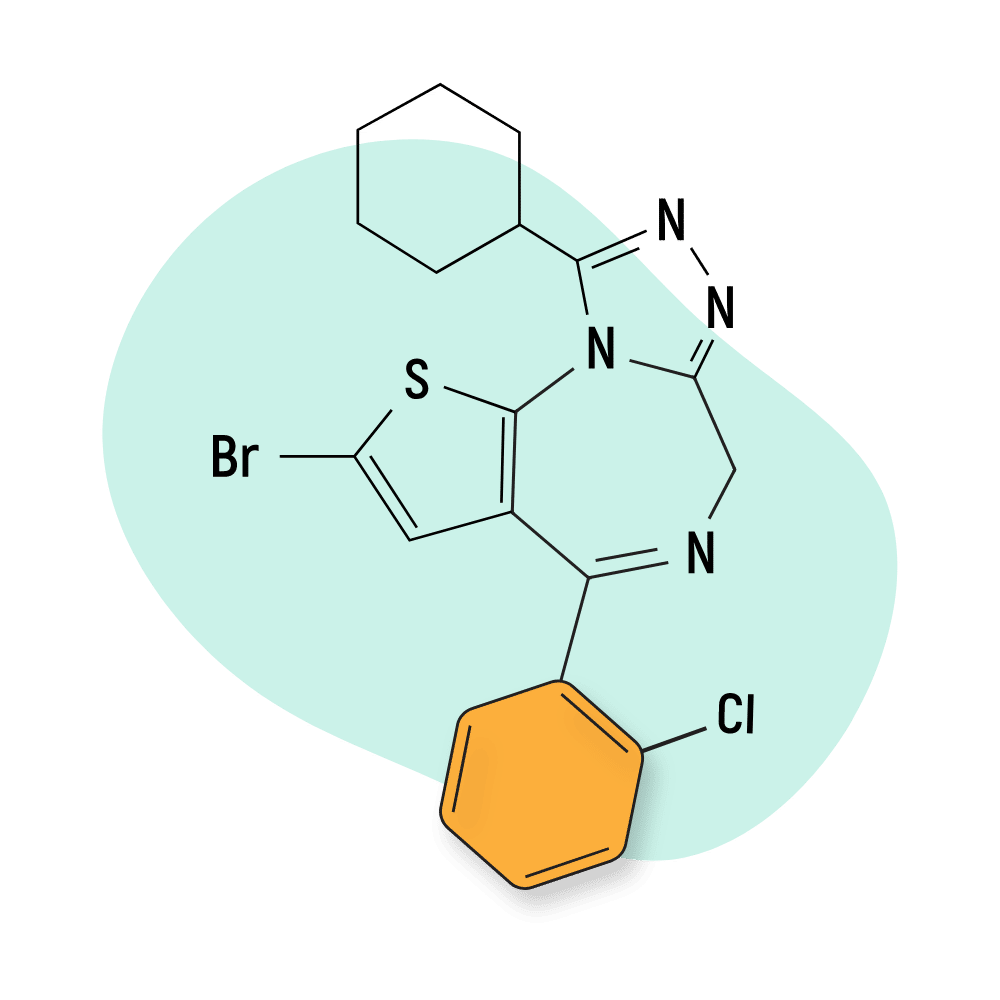
Diazepam (Valium)
Diazepam was one of the first benzodiazepine drugs on the market and remains as the baseline for comparing the potency of other drugs in the class. This compound produces a relatively fast onset of effects and a long duration of effects.
Compared to diazepam, bentazepam is much shorter-lasting but offered in roughly comparable doses and delivers similar effects. Many people who use bentazepam claim it’s a better option for nighttime use as it’s less likely to leave users feeling tired and groggy the following morning.
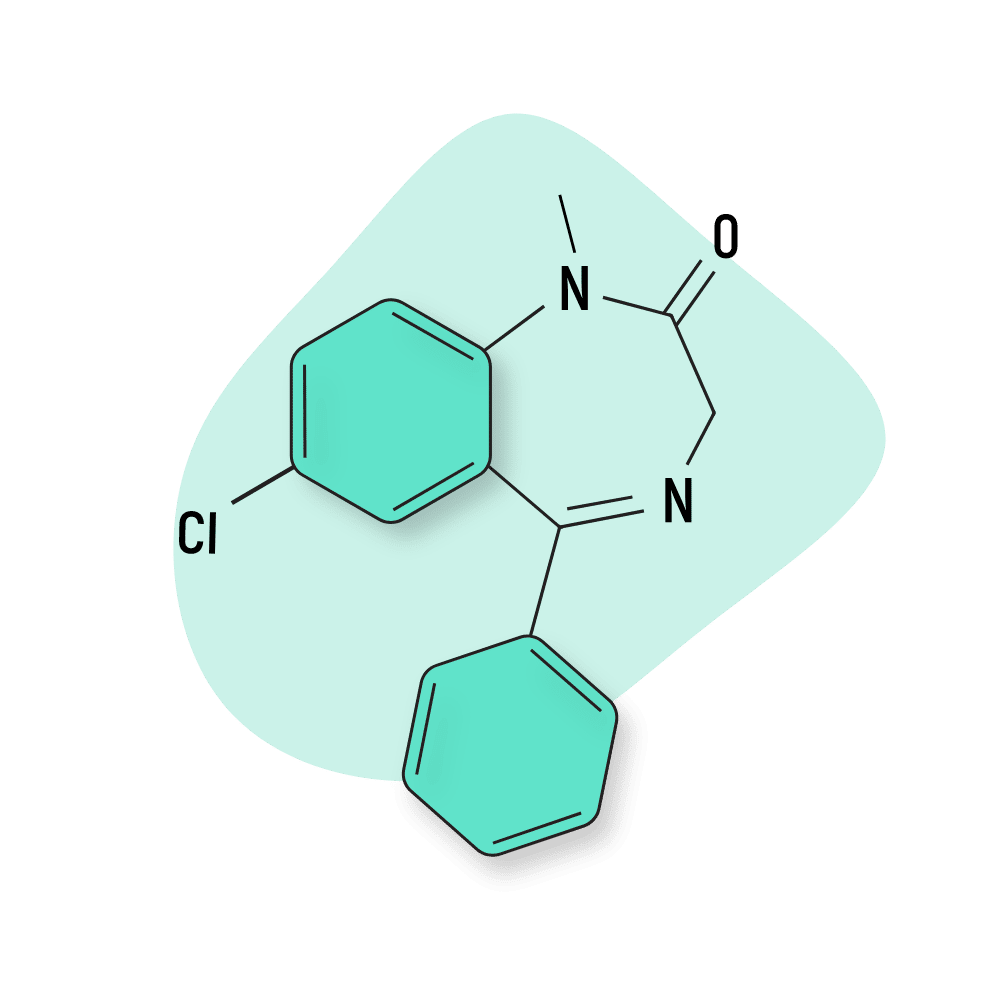
Alternatives to Benzodiazepines
There is a relatively large number of natural alternatives for those looking for relief but don’t want to risk the dangers associated with benzodiazepine use.
One of the most popular options in recent years is the kratom plant (Mitragyna speciosa). Kratom is a natural compound that has a fantastic range of pharmacological properties. It offers cognitive and euphoric benefits in low doses, while in mid-to-high doses, it can produce effective anxiolytic and sedative benefits [2].
However, users should know that kratom is not free from risk. The kratom plant acts on the body’s opioid receptors, which means it can be dangerous when combined with other CNS depressants, especially opioids and benzodiazepines, and it does have the possibility of causing dependence, albeit to a lower degree than prescription drugs.
Another great option for users is the kava plant (Piper methysticum). Kava doesn’t have the pharmacological range of kratom, being limited to anxiety relief, but it does have several ways to achieve its effects. Kava contains many active ingredients that interact with GABA molecules similarly to benzodiazepine [3]. Additionally, the kava plant exhibits a strange characteristic called reverse tolerance, which means the effects of kava become stronger the more it’s used.

Bentazepam FAQs
What contraindications are associated with bentazepam?
- Hepatic impairment
- Hypersensitivity to benzodiazepines
- Myasthenia gravis
- Pregnancy
- Renal impairment
- Sleep apnea syndrome
What is the proper dosage for bentazepam?
The recommended dosing regimen for adults is three 25 mg tablets three times a day. The maximum dose is six tablets a day. Older patients and those with hepatic impairments should take only one or two daily.
References
- Andrade, R. J., Lucena, M. I., Kaplowitz, N., García‐Muņoz, B., Borraz, Y., Pachkoria, K., … & Hidalgo, R. (2006). The outcome of acute idiosyncratic drug‐induced liver injury: long‐term follow‐up in a hepatotoxicity registry. Hepatology, 44(6), 1581-1588.
- Swogger, M. T., & Walsh, Z. (2018). Kratom use and mental health: A systematic review. Drug and Alcohol Dependence, 183, 134-140.
- Sarris, J., Stough, C., Bousman, C. A., Wahid, Z. T., Murray, G., Teschke, R., … & Schweitzer, I. (2013). Kava in the treatment of generalized anxiety disorder: a double-blind, randomized, placebo-controlled study. Journal of clinical psychopharmacology, 33(5), 643-648.

